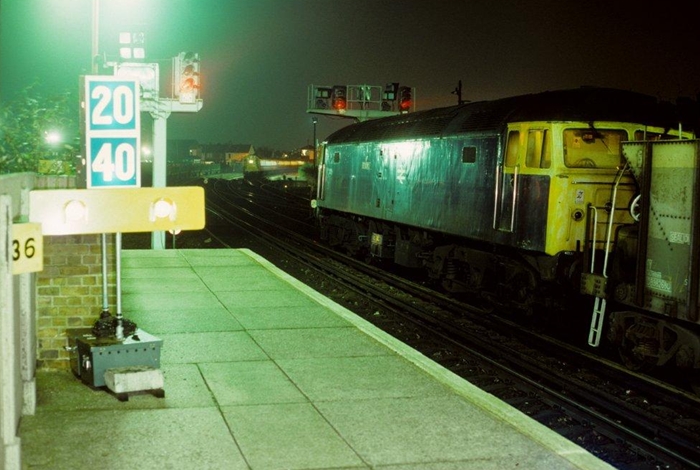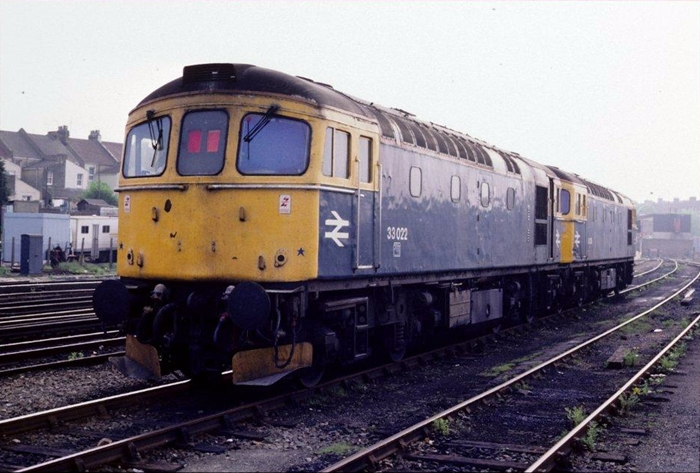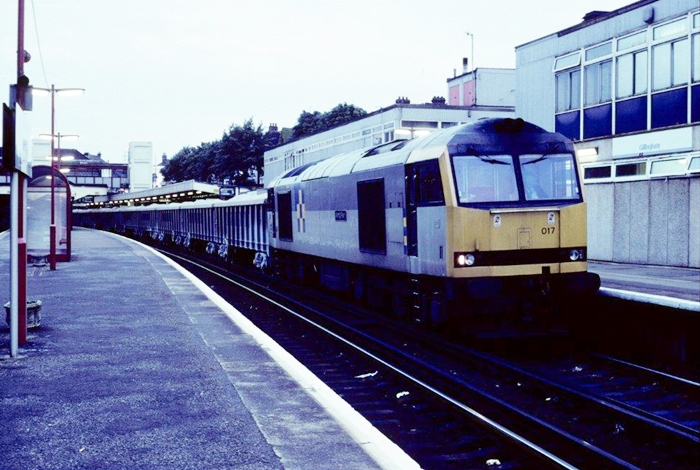
Gillingham
As part of the £800
million ‘’Networker’’ programme of the early 1990s, a new Integrated Electronic
Control Centre (IECC) was planned for Gillingham. This, along with an IECC at
Ashford, was to replace most signal boxes in the county, and leave the South
Eastern Division controlled from four main signalling centres: Ashford,
Gillingham, London Bridge, and Victoria. The futuristic-styled Gillingham IECC
building measured 310-feet by 55-feet and featured a backward-sloping curved
roof. Completed in 1994, it was not fitted out with any equipment and remained a
shell, eventually becoming the ''Railtrack Archive Centre''.
In August 2010, a £2,600,000 upgrade of Gillingham station was confirmed, funded
as part of the ‘’National Stations Improvement Programme’’. £1,417,000 of this
figure was provided by the ‘’Community Infrastructure Fund’’, and the scheme
involved the following key works:
Other improvements
included upgrading toilet, cycle, and waiting facilities, and the addition of
further ticket machines. Work formally began on 15th February 2011, the local
MP, Network Rail officials, and Medway councillors being in attendance.
There were reviving fortunes for Gillingham’s abandoned signalling building, and
it was to assume the role it was originally intended for as part of Phase 1 of
the ‘’East Kent Resignalling Programme’’. This aimed to replace much of the
remaining signalling which had been commissioned as part of the Kent Coast
Electrification Scheme in 1959. It also sought to eliminate the surviving
semaphores between Faversham and Dover Priory, which avoided the cull fifty
years previously. Faversham, Canterbury East, and Shepherds Well cabins were to
be abolished on the Dover route, and closures would be brought to Thanet signal
boxes at Margate and Ramsgate. Signal boxes at Folkestone, Minster, and
Sittingbourne would remain in use, sitting on the fringes of the re-signalled
area. The scheme was priced at £93,500,000 and aimed to be carried out over a
33-month period, ending in January 2012.
Routes affected:
Sittingbourne to Faversham
Faversham to Minster
Faversham to Buckland Junction (Dover)
The current scheme
excludes the line via Deal, and semaphore signals will
remain in use here for the time being. As part of the Sittingbourne to
Faversham works, the diminutive level crossing cabin at Teynham was also subject
to closure.
The new signalling was commissioned as follows:
Sittingbourne to Ramsgate (excluding the station, but inclusive of the depot): 04:00 on 28th December 2011
Faversham to Buckland Junction: 04:00 on 29th December 2011
Ramsgate station to Minster: 01:00 on 3rd January 2012
The above lines are now controlled from Gillingham, the building officially being known as the ‘’North Kent Operations Centre’’. For now, the ex-SE&CR signal box beside the level crossing here survives, but this is due to close as part of the resignalling scheme’s Phase 2 in 2015. This will see extension of the Gillingham Panel’s scope to the Medway Towns and the Medway Valley line, and also involves the closure of cabins at Rochester, Rainham, and Sittingbourne. Intermediate signal boxes along the Medway Valley Line will also be abolished.
May 1970
A 2-HAP is seen forming the front portion of a six-vehicle formation as it runs into platform 2 from Gillingham Depot. The unit was due to form a semi-fast Charing Cross service via the North Kent Line. Notice the ex-LC&DR goods shed on the left, just beyond which is an old coach then used as the motive power foreman's office and mess rooms (where our photographer spent many hours). The platforms are adorned with concrete bracket lampposts and BR ''Sausage'' totems, and in the distance can just be seen an Electro-Diesel. © Roger Goodrum
1985

Engineering works are in evidence in about 1985 in this eastern view from the end of the ''down'' platform. The wagon behind the Class 47 is one of British Rail's 40-ton ''Sealion'' ballast hoppers. In the distance can just be seen the signal box and an EPB formation, the latter stabled in the berthing siding generally used by terminating North Kent Line trains. Wagons can be seen on the left-hand side, parked in those sidings which once formed part of the goods yard. © Wayne Walsh
1987

The station is in the background of this westward view, which depicts Class 33 Nos. 33022 and 33035 stabled in those sidings which formerly made up the goods yard. No. 33022 was withdrawn in December 1989 and scrapped in October 1991. No. 33035 was not officially withdrawn until October 1996, and was purchased for preservation in the following year. © Wayne Walsh
1993

Class 60 No. 60017 ''Arenig Fawr'' is seen at the head of a stone working, wearing the attractive two-tone grey ''TrainLoad Construction'' scheme. At that time, No. 60017, along with No. 60045, was allocated to Stewarts Lane. It was latterly renamed ''Shotton Works Centenary Year 1996''. © Wayne Walsh
Return to the Kent Rail Homepage or alternatively, check for Updates.
Website & Copyright information - Links - Contact the Webmaster
All content is copyright © David Glasspool unless otherwise stated